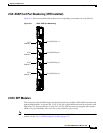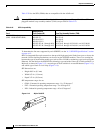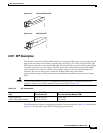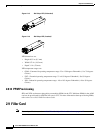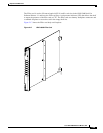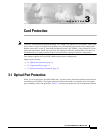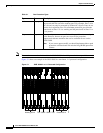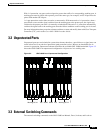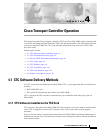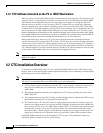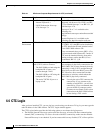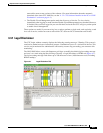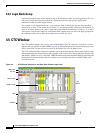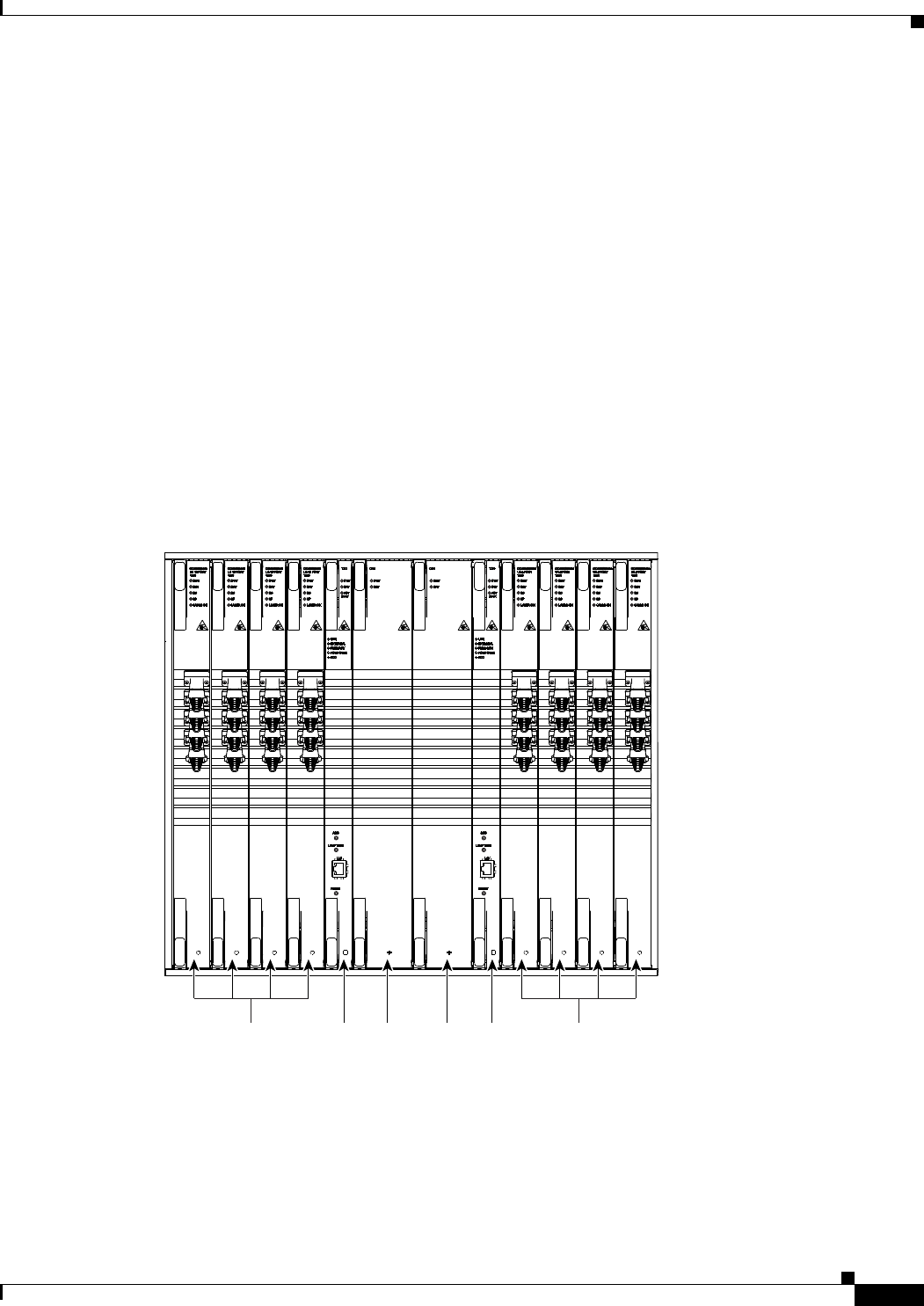
3-3
Cisco ONS 15600 Reference Manual, R7.2
Chapter 3 Card Protection
3.2 Unprotected Ports
With 1+1 protection, any port can be assigned to protect the traffic of a corresponding working port. A
working port must be paired with a protect port of the same type, for example, an OC-48 port must be
paired with another OC-48 port.
1+1 span protection can be either revertive or nonrevertive. With nonrevertive 1+1 protection, when a
span failure occurs and the signal switches from the working port to the protect port, the signal stays
switched to the protect port until it is manually switched back. Revertive 1+1 protection automatically
switches the signal back to the working port when the failure condition on the working port is cleared.
For more information about protection schemes and how to create and modify them with Cisco Transport
Controller (CTC), refer to the Cisco ONS 15600 Procedure Guide.
3.2 Unprotected Ports
Unprotected ports are not included in a protection scheme; therefore, a port failure or a signal error can
result in data loss if no path level protection (path protection) exists. Because no bandwidth lies in
reserve for protection, unprotected schemes maximize the available ONS 15600 bandwidth. Figure 3-2
shows the ONS 15600 in an unprotected configuration. All ports are in a working state.
Figure 3-2 ONS 15600 in an Unprotected Configuration
3.3 External Switching Commands
The external switching commands on the ONS 15600 are Manual, Force, Lockout, and Lock-on.
TSCWorking OC-N Working OC-NSSXC SSXC TSC
83091



